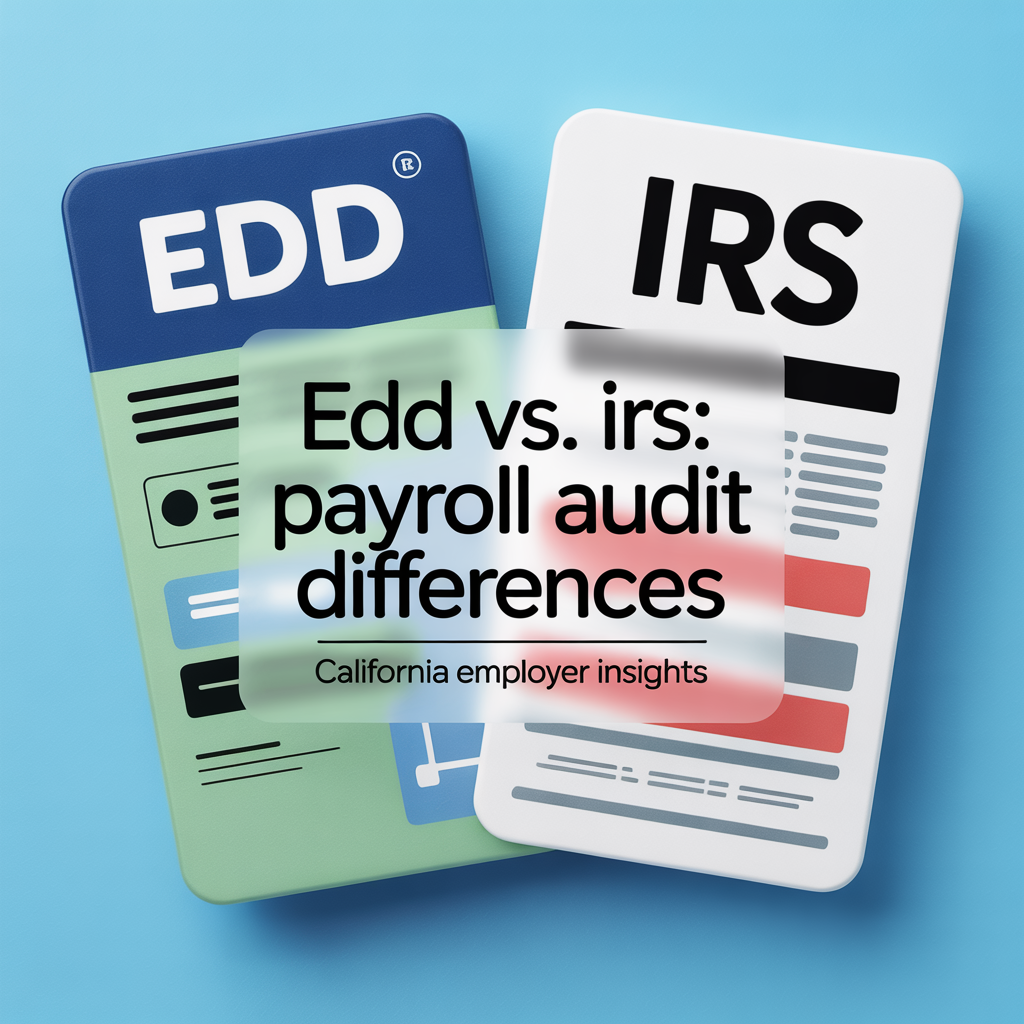How the IRS Calculates Your Offer in Compromise (And What You Can Do to Lower It)

If you owe more to the IRS than you could possibly pay, an Offer in Compromise (OIC) might feel like your last hope — and in many cases, it is. But despite the ads you’ve seen about “settling for pennies on the dollar,” the IRS doesn’t pull your offer amount out of thin air.
In fact, they use a specific financial formula — and if you understand how that formula works, you can plan smarter, file stronger, and possibly reduce the amount the IRS expects from you. This is especially helpful if you’re how to qualify for an Offer in Compromise.
Let’s break it down.
What Is an Offer in Compromise?
An Offer in Compromise is a formal agreement between you and the IRS to settle your tax debt for less than the full amount owed. It's not a loophole. It's not “getting away with it.” It's a legitimate IRS program meant for people who truly can’t pay.
But here’s the catch: the IRS will only accept your offer if they believe it’s the most they can reasonably expect to collect from you within the statute of limitations. This explains why the IRS rejected your Offer in Compromise in many cases.
The IRS OIC Formula (Yes, There’s a Real Math Equation)
Here’s the basic formula the IRS uses to determine your “reasonable collection potential”:
👇
OIC Offer = Disposable Income × Multiplier + Net Realizable Asset Equity
Let’s break down the parts:
- Disposable Income = Your monthly income minus allowable monthly living expenses
- Multiplier =
- 12 (if you’re offering to pay the full amount within 5 months)
- 24 (if you’re offering to pay monthly over 6–24 months)
- Asset Equity = Value of your bank accounts, vehicles, retirement, real estate, etc., minus certain exemptions
This is key if you’re exploring IRS installment agreement guide.
Lump Sum vs. Periodic Payment — What’s the Difference?
| Offer Type | IRS Multiplier | Payment Terms |
|---|---|---|
| Lump Sum Offer | 12 | Pay in 5 or fewer monthly installments |
| Periodic Payment Offer | 24 | Pay in monthly installments over 6–24 months |
Choosing lump sum results in a lower total offer — but you need to have the funds available up front.
Real-World Example
Let’s say:
- Monthly income: $4,000
- Monthly allowable expenses: $3,500
- Net disposable income: $500
- Asset equity: $1,000
Lump Sum Offer:
($500 × 12) + $1,000 = $7,000
Periodic Payment Offer:
($500 × 24) + $1,000 = $13,000
That’s a $6,000 difference just based on payment type.
What the IRS Considers “Allowable Expenses”
The IRS won’t let you claim just anything. They use national and local standards to cap your monthly expenses in categories like:
- Food, clothing, and household supplies
- Housing and utilities (based on your zip code)
- Vehicle ownership and operating costs
- Health insurance and out-of-pocket medical costs
- Court-ordered payments (child support, alimony)
Expenses outside of these categories may be allowed — but only if you can prove they’re necessary for your health, welfare, or ability to earn a living. Following this is critical for tax compliance as the key to resolving debt.
How Asset Equity Affects Your Offer
The IRS adds up the equity in your:
- Bank accounts
- Vehicles
- Real estate
- Retirement accounts
- Investment accounts
- Business assets
They’ll subtract certain allowances (like 20% off vehicle value or retirement penalties), but anything left is added directly to your offer amount.
Want to reduce this part of the equation? It has to be strategic — and legal.
6 Ways to Lower Your IRS OIC Calculation (Legally)
- Wait for a financial dip.
If your income just dropped or you're between contracts, now may be the best time to file. - Maximize allowable expenses.
Rent, health insurance, transportation — the closer you get to the IRS’s maximum allowances, the lower your net income. - Time your asset reduction wisely.
Liquidating assets too close to filing may raise red flags — but low balances help reduce equity. - Challenge unfair valuations.
The IRS will often overvalue your assets unless you submit appraisals or proof of liquidation costs. - Use lump sum if possible.
Paying in 5 months instead of 24 can cut your offer in half (literally). - Get professional help.
A CPA who handles OIC cases knows how to work the IRS formula — not manipulate it, but strategically present it.
Try It Yourself: Use Our Free IRS OIC Calculator
Want to see what your estimated IRS settlement might look like? We’ve created a free calculator you can use right now.
Just enter your monthly income, allowable expenses, and asset equity. You’ll get an instant estimate based on IRS formulas — no guesswork.
👉 Click here to try the Offer in Compromise Calculator
Why Some Offers Get Rejected
Even if your math looks perfect, OICs can still be rejected for:
- Missing documentation
- Unfiled tax returns
- Inaccurate or outdated Form 433-A (OIC)
- Payment issues during processing
- Unrealistic expense claims
- Poor timing (e.g., income likely to rise again)
Getting an OIC accepted isn’t about sympathy — it’s about strategy.
Want Help Lowering Your IRS Settlement?
We help clients across Orange County and Southern California submit strategic, accurate, and well-supported Offers in Compromise — and get them accepted.
Whether you’re in the middle of IRS collections or just want to explore your options, our CPA-led team can guide you from start to finish. We also provide guidance on how to qualify for an Offer in Compromise and tips on explore more in Defend What’s Yours.
Call (657) 218-5700 or schedule your confidential consultation now.
Final Word
The IRS doesn’t negotiate emotionally — they calculate based on data.
But the better you understand that data, the better you can control the outcome.
Frequently Asked Questions
How does the IRS calculate an Offer in Compromise?
The IRS uses a formula called “reasonable collection potential,” which is based on your disposable income for 12–24 months plus the equity in your assets.
What expenses does the IRS consider in an OIC calculation?
The IRS considers “allowable expenses,” such as housing, food, transportation, health care, and taxes, based on national and local standards.
Does the IRS include all my income in the calculation?
Yes. Wages, business income, rental income, and even contributions from others in your household may be included in the IRS’s OIC calculation.
How does asset equity affect an OIC?
The IRS includes equity from bank accounts, vehicles, retirement accounts, and property. Liquid assets usually count at face value, while other assets may be discounted.
What if I can’t afford the IRS’s calculated amount?
You can dispute certain expense standards, provide additional documentation, or appeal a rejection. Professional help improves your chance of lowering the calculated offer.
How long does the OIC calculation process take?
The IRS typically takes 6–12 months to review an OIC, depending on case complexity and backlog.
Does California’s FTB calculate OICs the same way?
No. The California Franchise Tax Board has its own Offer in Compromise program with different calculation methods and eligibility rules.
Should I hire a CPA to calculate my OIC?
Yes. Professional guidance ensures the IRS calculation is accurate, your financials are documented correctly, and your offer has the best chance of approval.
📣 About the Author
Marc Boulanger, CPA is the founder of Boulanger CPA and Consulting PC, a boutique tax resolution firm based in Orange County, California and trusted by high-income individuals and business owners across Southern California.
He is the author of Defend What’s Yours: A California Taxpayer’s Guide to Beating the IRS and FTB at Their Own Game, available now on Amazon. The book offers a step-by-step plan for resolving IRS and FTB tax debt without losing your business, your home, or your peace of mind.
With over a decade of experience resolving high-stakes IRS and State tax matters, Marc brings strategic insight to complex cases involving wage garnishments, bank levies, unfiled returns, and six-figure tax debts. He is known for helping clients reduce or eliminate tax liabilities through expertly negotiated settlements and compliance plans.
Marc is a Certified Public Accountant licensed in California and Oklahoma and holds the designation of Certified Tax Representation Consultant. He is a member of the American Society of Tax Problem Solvers (ASTPS) — the national organization founded by the educators and practitioners who have trained thousands of CPAs, EAs, and tax attorneys in IRS representation strategy.
Every case is handled with discretion, proven methodology, and direct CPA-led representation — not call center scripts.
📍 Learn more at www.orangecounty.cpa or call (657) 218-5700.










